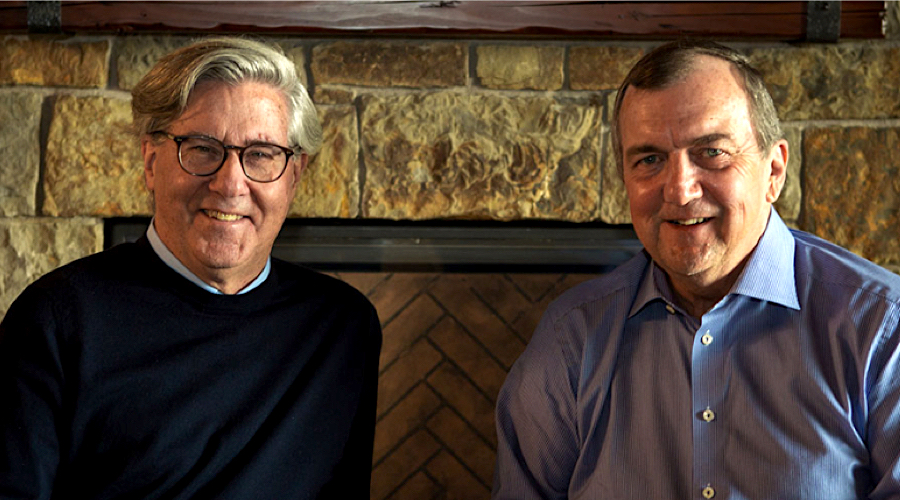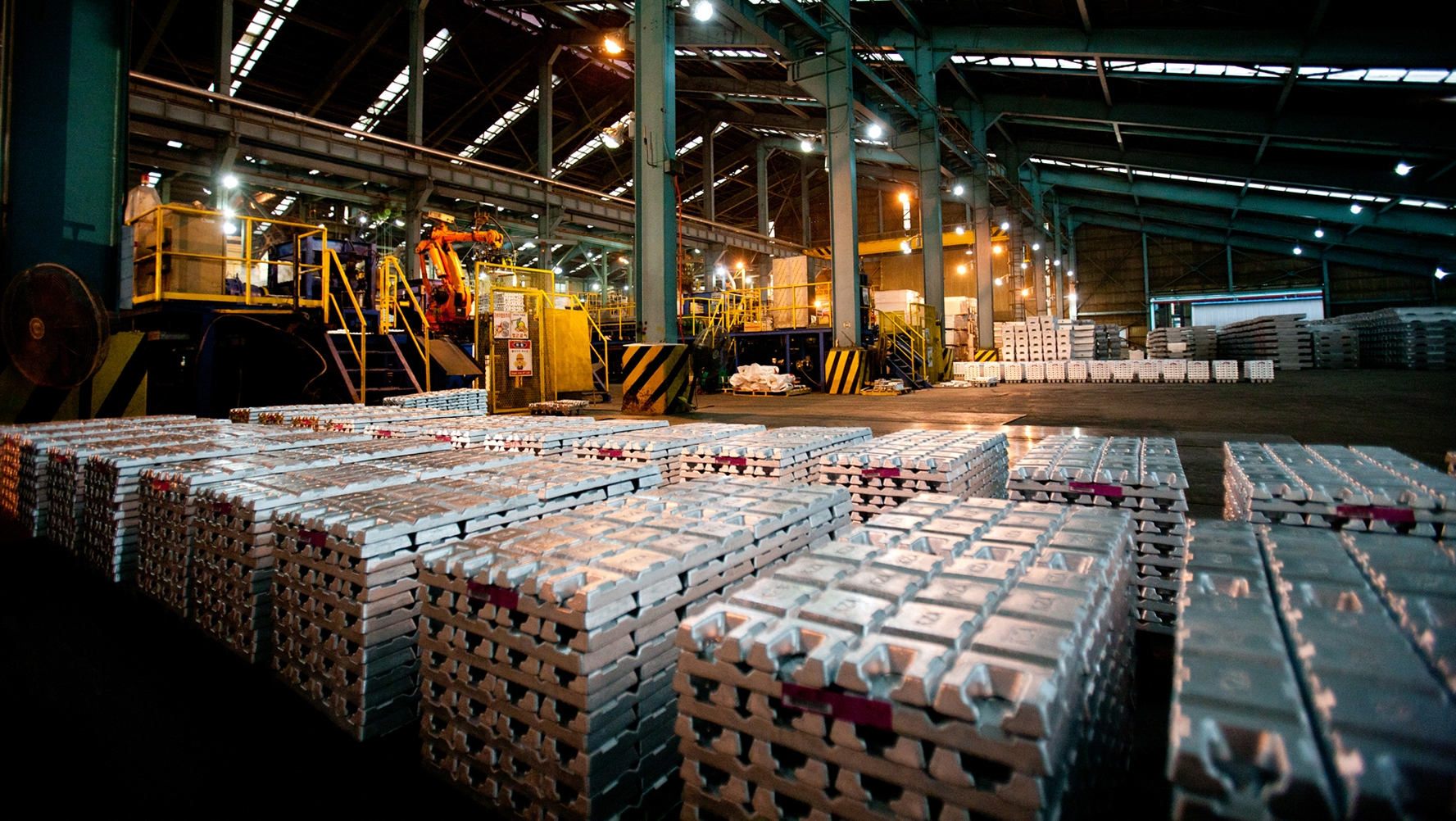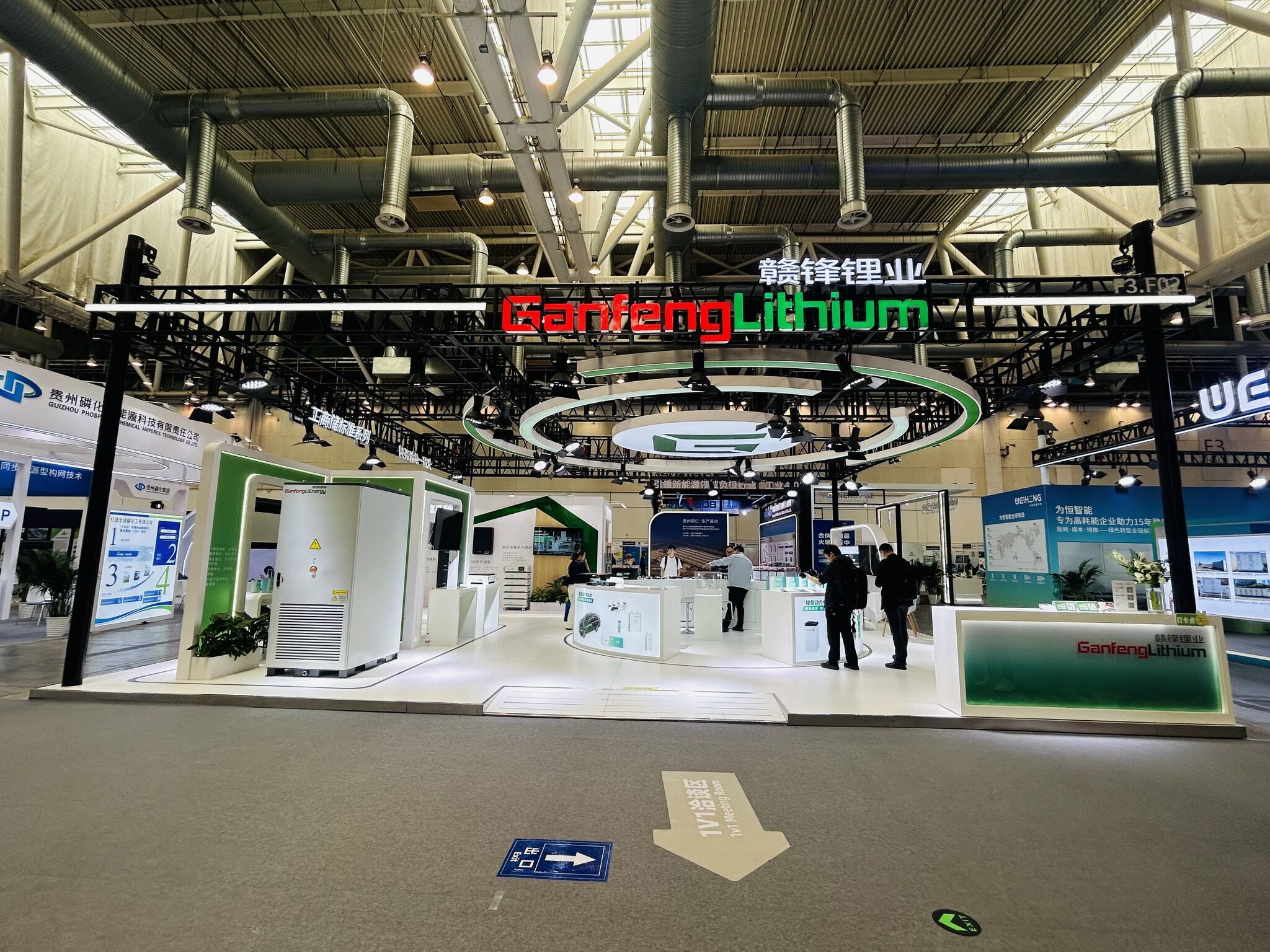New era for Barrick Gold begins

It’s the first day of a new era for Barrick Gold, the world’s largest bullion miner, as it officially began trading Wednesday as a merged entity with Randgold Resources.
From now on, Barrick’s symbol on the New York Stock Exchange will be GOLD, the ticker formerly held by Randgold on NASDAQ. In Toronto, the company is keeping its ABX symbol.
The $18.3 billion-deal, which gained final approval in December, has created a sector-leading miner which owns five of the industry’s Top 10 Tier One gold assets and which is well placed to be the world’s most valued gold mining business, Barrick said in the statement.
The world’s largest gold miner now trades as GOLD in New York and continues as ABX in Toronto.
“We will do so by optimizing our existing operations, pursuing new opportunities that meet strict investment criteria, and developing them with disciplined efficiency,” John L. Thornton, executive chairman and Mark Bristow, President and CEO said in a joint letter to stakeholders.
Those operations are Cortez and Goldstrike in Nevada, US; Kibali in the Democratic Republic of Congo; Loulo-Gounkoto in Mali; and Pueblo Viejo in Dominican Republic. The reborn company also holds two other assets that have what it takes to become Tier One gold assets — Goldrush/Fourmile and Turquoise Ridge, both in the US.
According to BMO Capital Markets analyst Andrew Kaip, the new Barrick is likely to sell a number of non-core assets to position the company as the lowest cost western-based gold producer.

He estimates that a total of 13 mines from South America to Zambia, which account for 750,000 ounces of gold and 400 million pounds of copper production, are likely to be sold.
Kaip believes the largest potential deal would be Barrick’s Lumwana copper mine in Zambia, which could fetch as much as $1.3 billion.
The merged mining company may also sell its 50% stake in Chile’s Zaldivar mine and Randgold’s Tongon, Massawa and Morila assets, Kaip wrote in a report to investors in October.
Fixing Tanzania tax row
Mark Bristow, who guided Randgold into Barrick’s embrace — and who has assumed as president and CEO of Barrick Group — is expected to turn around some failed ventures and challenges.
His biggest headache is likely to be Barrick’s majority-owned African subsidiary, Acacia Mining (LON:ACA), which has been embroiled in a battle with Tanzania since 2017. That year, the country’s government banned exports of unprocessed metal and slapped the miner with a $190 billion tax bill — equal to almost two centuries worth of revenue.
Mark Bristow says he doesn’t plan to retire before seeing the benefits of the merger.
The relationship between Barrick and Acacia has been strained and progress moving an agreement forward has been slow. A deal would not only be a major victory for Bristow, but also a first step should Barrick decide to buy up the shares in Acacia it doesn’t already own.
Barrick’s new CEO has said it plans to stay at the helm to see Acacia’s conflict solved. He also told CNBC on Wednesday he won’t leave before reaping rewards from the business combination. “It will take a couple of years before we start seeing the benefits of the merger, but I’m not leaving then… I don’t really have a plan to retire,” he said.
Bristow noted the issue between Barick’s 64%-owned Acacia and Tanzania had destroyed lots of value. “We need to make sure there’s enough value to work out a solution that various interested and affected parties get something that’s fair and proper for them,” he told Reuters, adding the company would provide more information in the second week of February.
The executive also had a message for the gold industry: The arrival of new Barrick is just the start of a big shake-up.
At the opening of markets today, Barrick had a market capitalization of more than $23.75 billion, with the largest reserves base among its senior gold peers.
More News
Energy storage boom strengthens demand outlook for beaten-down lithium
January 04, 2026 | 05:54 pm
Korea Zinc revises share issuance for US smelter to $1.94 billion
January 04, 2026 | 11:55 am
{{ commodity.name }}
{{ post.title }}
{{ post.date }}






Comments
Exiliadoenelcaribe
Good luck.